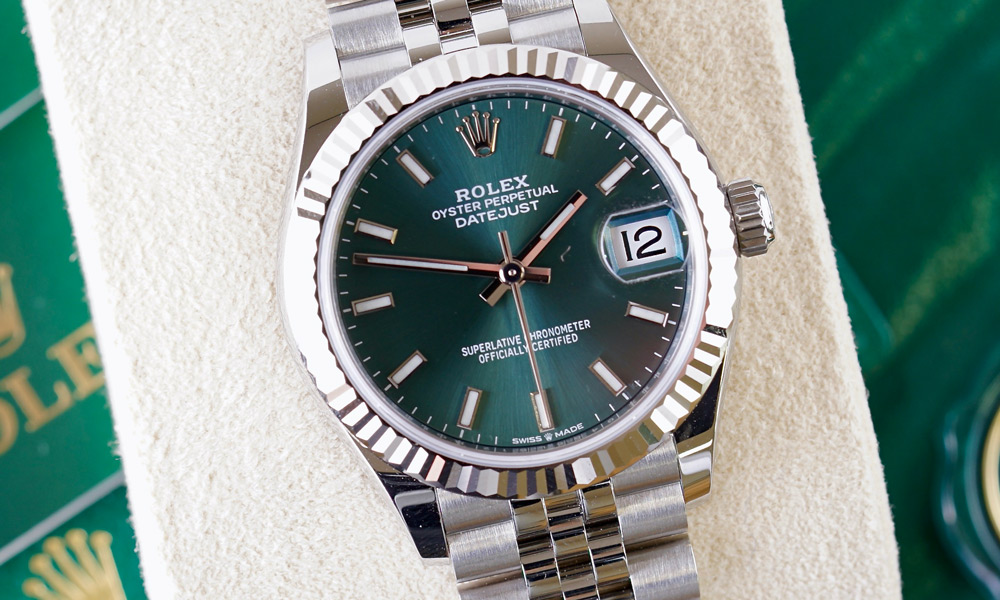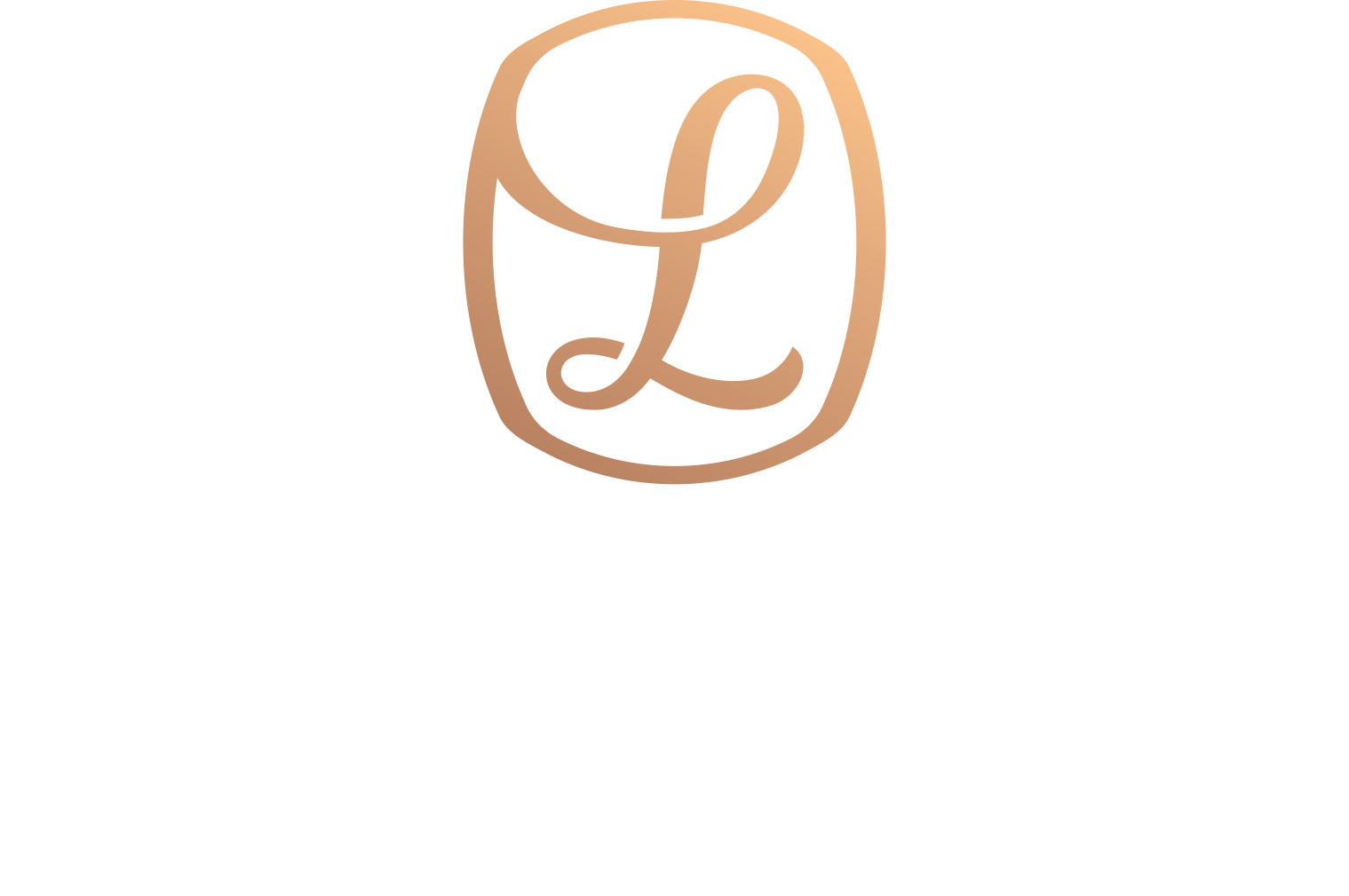Rolex and Sustainability: How Rolex Embraces Environmental Responsibility
When you think of Rolex, images of precision-crafted timepieces, luxury, and heritage likely come to mind. However, beyond the gleaming cases and meticulous movements lies another dimension of the brand that deserves equal recognition: its commitment to sustainability. In today’s world, where environmental consciousness has become paramount, Rolex stands as a testament to how luxury brands can balance exceptional craftsmanship with ecological responsibility.
The Rolex Perpetual Planet Initiative
In 2019, Rolex formalized its long-standing environmental commitment by launching the Rolex Perpetual Planet initiative. This comprehensive program expanded the company’s support for individuals and organizations working to protect our planet’s ecosystems.
The initiative focuses on three main pillars:
- Earth’s oceans and polar regions – Supporting marine conservation efforts and polar research
- Earth’s highest mountains – Funding expeditions and research in mountainous regions
- Scientific discovery and innovation – Encouraging pioneering solutions to environmental challenges
Through these efforts, Rolex doesn’t simply donate funds; it actively participates in creating sustainable solutions for our planet’s most pressing environmental issues.
Sustainable Manufacturing: The Green Production Approach
Beyond its external environmental initiatives, Rolex has implemented significant changes within its own production facilities. The brand’s commitment to sustainability begins at home – in the very spaces where their iconic timepieces come to life.
Eco-Friendly Facilities
Rolex’s manufacturing centers in Geneva, Plan-les-Ouates, and Chêne-Bourg represent the pinnacle of sustainable industrial architecture. These facilities feature:
- Energy-efficient designs that maximize natural light and minimize energy consumption
- Solar panels that generate renewable energy
- Advanced waste management systems that reduce environmental impact
- Water recycling processes that minimize consumption of this precious resource
The company’s headquarters in Geneva, completed in 2006, was designed with sustainability as a core principle, featuring systems that optimize energy use while providing an exceptional working environment for Rolex craftspeople.
Responsible Sourcing of Materials
Rolex understands that true sustainability extends to every component of their timepieces. The brand maintains strict ethical standards when sourcing materials:
- Precious metals: Rolex uses recycled gold and platinum in many of its watches, reducing the environmental impact of mining
- Diamonds and gemstones: All stones are sourced according to the Kimberley Process, ensuring they are conflict-free
- Leather straps: Sourced only from suppliers that adhere to strict animal welfare standards
By implementing these rigorous sourcing policies, Rolex ensures that the beauty of their timepieces doesn’t come at the cost of environmental degradation or human rights violations.
The Rolex Awards for Enterprise: Championing Environmental Pioneers
Perhaps the most direct manifestation of Rolex’s commitment to sustainability is the Rolex Awards for Enterprise. Established in 1976 to commemorate the 50th anniversary of the Rolex Oyster, the world’s first waterproof wristwatch, these awards have evolved to become a significant force for environmental change.
The Awards identify and support exceptional individuals who are working on projects that advance human knowledge, protect cultural heritage, and help preserve natural habitats and species. Many laureates focus specifically on environmental conservation and sustainability innovations.
Notable environmental laureates include:
- Krithi Karanth (2019) – Working to reduce human-wildlife conflict in India
- Grégoire Courtine (2019) – Developing technologies to help people with spinal cord injuries walk again
- Vreni Häussermann (2016) – Exploring and protecting the fjords of Patagonia
- Francesco Sauro (2014) – Exploring and studying ancient caves in South America
Through these awards, Rolex doesn’t just talk about sustainability—it actively enables environmental pioneers to create meaningful change.
The Rolex Mentor and Protégé Arts Initiative: Sustainable Knowledge Transfer
Sustainability isn’t solely about environmental protection—it’s also about preserving knowledge and ensuring its transfer to future generations. The Rolex Mentor and Protégé Arts Initiative, launched in 2002, pairs emerging talents with masters in their fields for a year of creative collaboration and knowledge exchange.
While not explicitly environmental in focus, this program embodies sustainable thinking by ensuring that artistic knowledge and traditions continue to thrive and evolve. By fostering these mentoring relationships, Rolex helps preserve cultural heritage—another crucial aspect of sustainability.
Perpetual Movement: Built to Last
At the very heart of Rolex’s approach to sustainability lies a fundamental principle: creating timepieces that last for generations such as the Rolex Oyster Perpetual. In our era of planned obsolescence and disposable goods, Rolex watches are designed and built to be perpetual—to be passed down from one generation to the next.
This inherent durability represents sustainability in its purest form. A Rolex doesn’t become obsolete; it becomes an heirloom. Such longevity stands in stark contrast to today’s throwaway culture, where products are often designed with limited lifespans, contributing to global waste problems.
Every Rolex is crafted to function reliably for decades with proper maintenance. This philosophy of permanence—embodied in the very name of their self-winding Perpetual movement—may be the brand’s most significant contribution to sustainability.

Looking Ahead: Rolex’s Sustainable Future
As Rolex moves forward, the company continues to expand its sustainability initiatives. Recent developments include:
- Increased investment in renewable energy sources for manufacturing facilities
- Further reduction of packaging materials and transition to fully recyclable options
- Enhanced transparency in supply chains to ensure ethical sourcing throughout
- Expanded support for environmental research and conservation projects
These ongoing efforts demonstrate that Rolex’s commitment to sustainability isn’t a temporary trend but a fundamental aspect of the brand’s identity and vision for the future.
Conclusion: Luxury with a Conscience
Rolex proves that luxury and sustainability aren’t mutually exclusive concepts—they can and should coexist. Through its environmental initiatives, ethical manufacturing, support for pioneers, and creation of timepieces built to last generations, Rolex demonstrates that true luxury carries with it a responsibility to protect the planet and its resources.
For the discerning watch enthusiast, this commitment adds another dimension to the value of a Rolex timepiece. When you wear a Rolex, you’re not only sporting an exceptional example of horological craftsmanship; you’re also supporting a company that takes its environmental responsibilities seriously.
In a world where sustainability has become more crucial than ever, Rolex sets an example for how luxury brands can contribute to environmental protection while maintaining the exceptional quality and prestige they’re known for. Like the perpetual movements that power their timepieces, Rolex’s commitment to sustainability continues without pause, ensuring that both their watches and our planet endure for generations to come.














